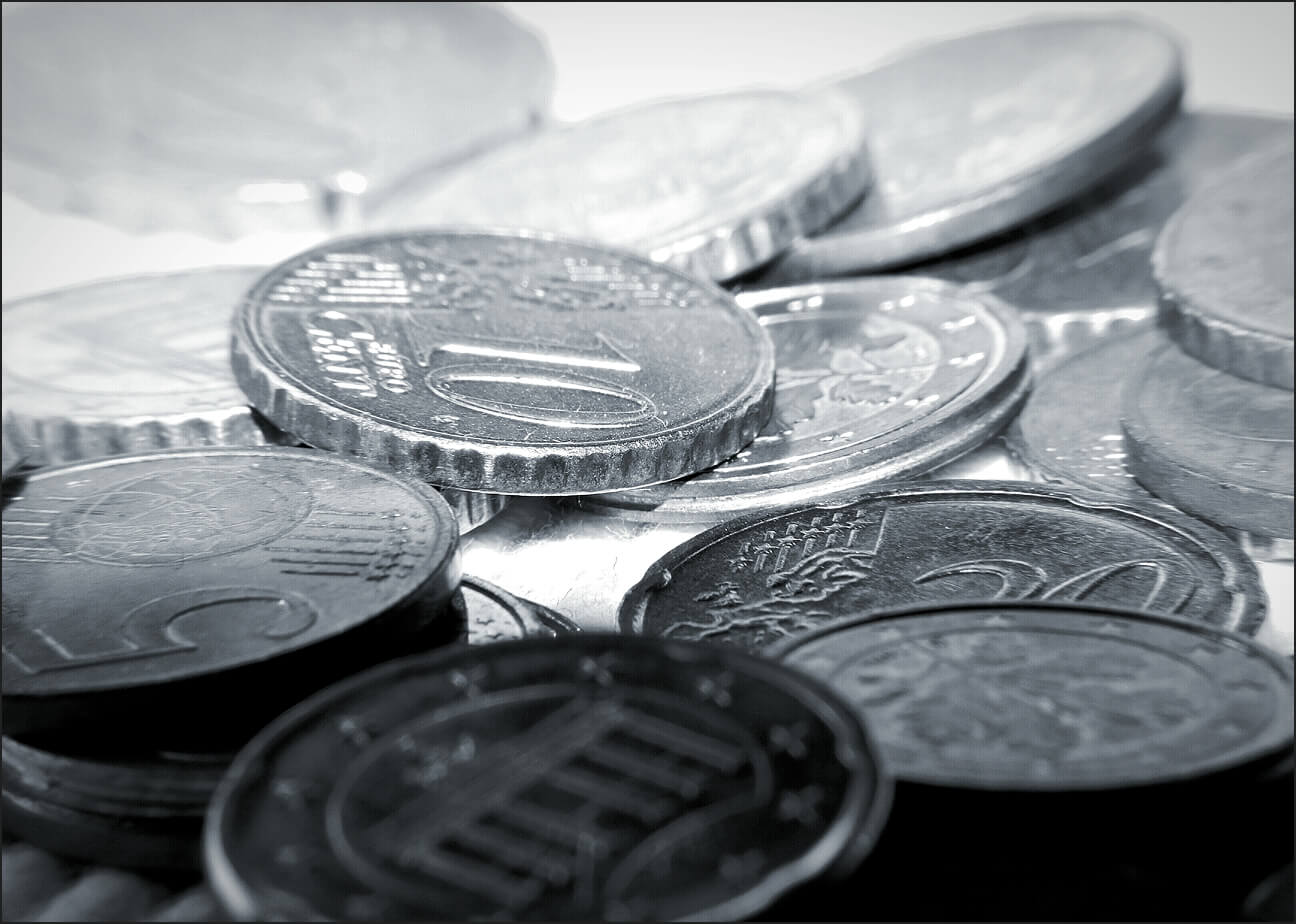A blockchain mechanism verifies and records transactions through a decentralized network, ensuring transparency.


.png)
In the world of cryptocurrency and blockchain, digital wallets play a crucial role in helping users manage their assets securely. But what exactly are digital wallets, and how do they work?
A digital wallet is a software application (or hardware device) that allows users to store, send, and receive cryptocurrencies like Bitcoin, Ethereum, or stablecoins. Instead of physically holding money, a digital wallet stores private and public keys—critical pieces of information that allow users to authorize transactions on the blockchain.
There are two main types of wallets: hot wallets and cold wallets.
When you send crypto from your digital wallet, you’re essentially signing a transaction with your private key. The transaction is then broadcasted to the blockchain network and recorded once verified.
Digital wallets also allow users to interact with decentralized applications (dApps), manage NFTs, participate in DeFi protocols, and sign smart contracts.
Security is paramount. Always back up your recovery phrase, enable two-factor authentication, and never share your private keys.
In short, digital wallets are your passport to the crypto world—empowering you to take full control of your assets, interact with Web3 ecosystems, and manage your funds securely without intermediaries.
A digital wallet isn’t just a storage tool—it’s your gateway to full control over your crypto assets and identity in the decentralized world.

When you send crypto from your digital wallet, you’re essentially signing a transaction with your private key. The transaction is then broadcasted to the blockchain network and recorded once verified.
Digital wallets also allow users to interact with decentralized applications (dApps), manage NFTs, participate in DeFi protocols, and sign smart contracts.
Build, deploy, and grow your crypto project faster than ever. Tokenix gives you everything you need—from smart contracts to launchpad support—all in one seamless platform.




